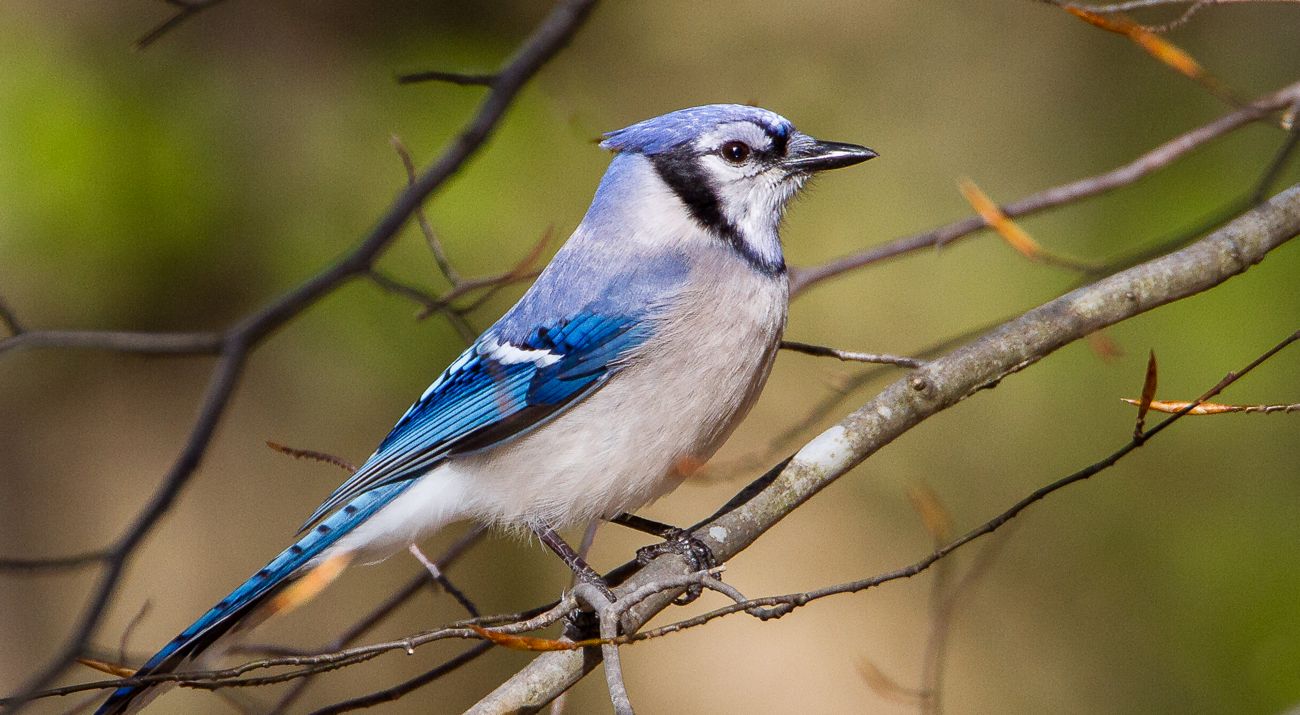
Species That Might be Tricking You
If you've been to TNC's preserves in New Jersey, you may have been fooled by one of these familiar species!
Camouflage, mimicking poisonous species and broken wing dances are just some of the many adaptations animals have made as important self-defense mechanisms. Explore five species found in New Jersey that have developed fascinating self-defense adaptations, some of which may have even fooled you!
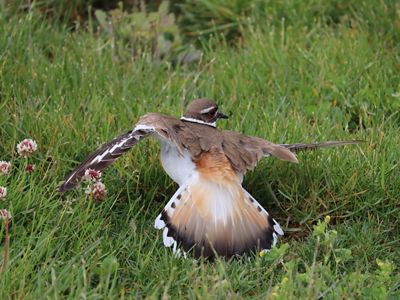
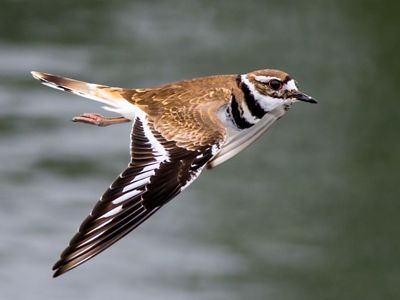
Killdeer
Killdeer, spotted frequently at our South Cape May Meadows preserve, use the art of distraction to trick their predators. Since they tend to lay their eggs in unsafe places, killdeer have developed a clever way to protect their nests. When a predator is near, the parent killdeer will pretend to have a broken wing. They call loudly and limp away from their nest to lure the predator away from it.


Blue Jay


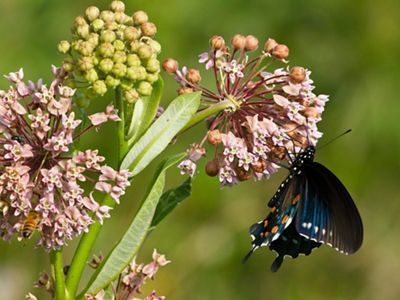
Spicebush Swallowtail


Virginia Opossums
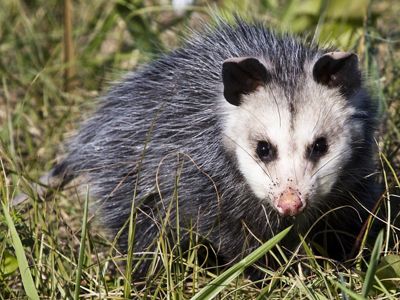
When caught off-guard or seriously threatened by predators, opossums will enter a catatonic state, often referred to as "playing dead". This behavior is not actually an act; it's an involuntary reaction to a threat. In this state, the opossum has no reflexes and won't respond to predators. The opossum's body will begin to emit a foul odor similar to that of a decaying corpse. This awful smell combined with the appearance of being dead drives predators away and often leaves humans believing the animal is deceased.
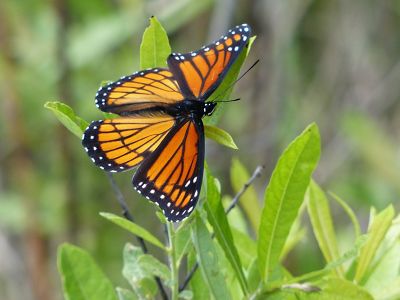
Viceroy Butterfly
Migrating monarchs fill our Garrett Family and South Cape May Meadows preserves each fall, but what if we told you there are some imposters in the mix? Although not closely related, viceroys practice mimicry and appear nearly identical to monarch butterflies. Viceroys use this tactic as a defense mechanism to avoid predators, as monarchs are poisonous to numerous predators like frogs, birds, and grasshoppers. Don't let this disguise fool you, there are some tips to properly tell them apart! Viceroys have a black line crossing their postmedian hindwing that monarchs do not have. Monarchs are larger than viceroys and have a less erratic, slower flight. Can you spot the difference below?


Put Your Skills to the Test!
Support Our Work in New Jersey!
Help us protect these lands and waters so that generations to come of people and wildlife can enjoy them and benefit from the clean water, air and habitats.


